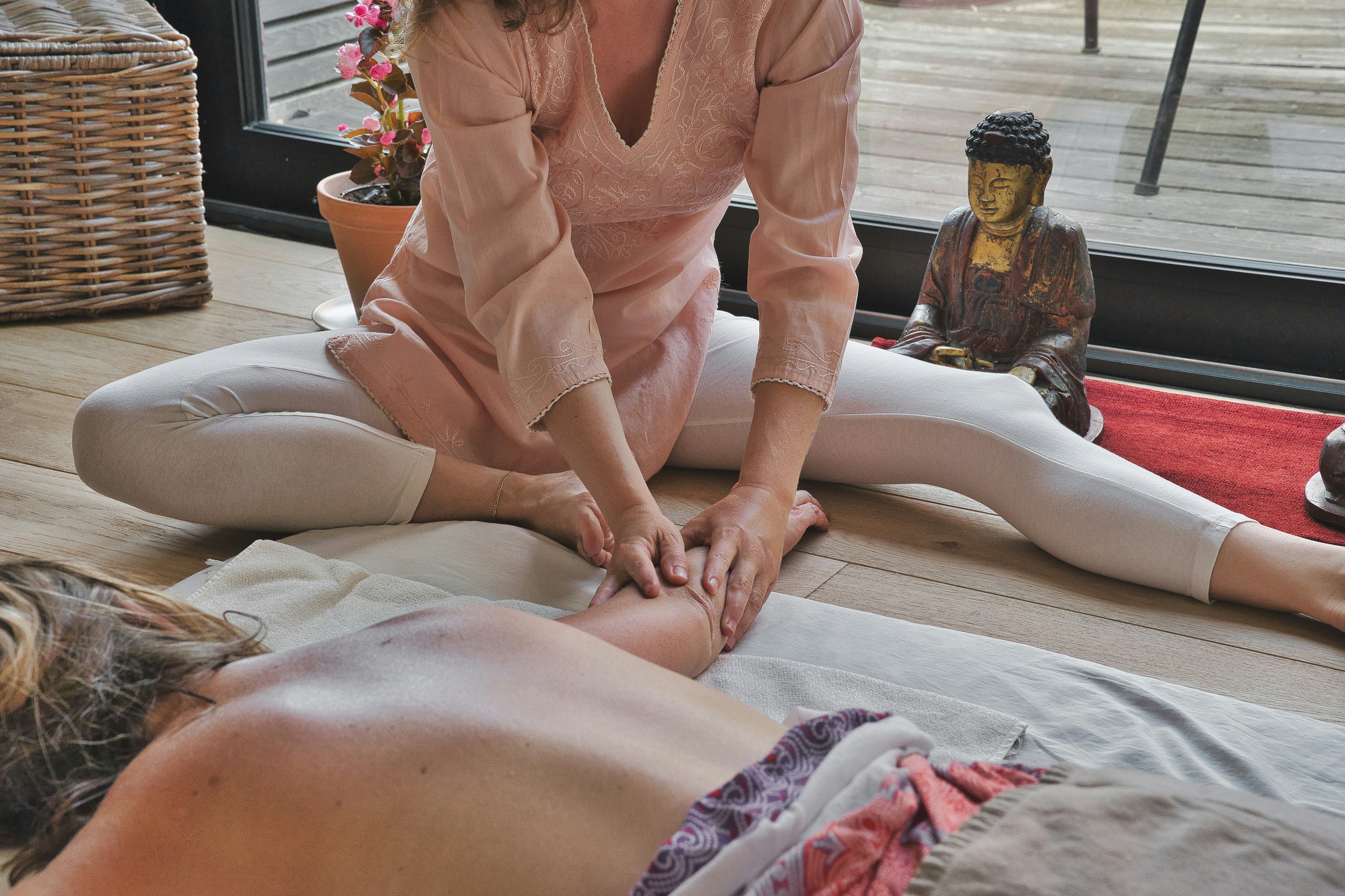Have you ever wondered how athletes seem to bounce back so quickly after a grueling workout or an intense game? If you’re curious about the secrets behind their speedy recovery, you’re not alone. Athletes constantly search for methods to enhance their recovery and improve performance, and one such method that’s been gaining popularity is cold plunges.
Understanding Cold Plunges
Before we delve into the science and benefits, let’s first understand what a cold plunge entails. Essentially, cold plunges involve immersing your body in cold water, usually ranging from 50 to 59 degrees Fahrenheit (10 to 15 degrees Celsius). This practice can last anywhere from a few minutes to over thirty minutes, depending on the individual’s tolerance and specific recovery goals.
Origins of Cold Water Therapy
Cold water therapy isn’t a novel concept. It dates back centuries, with historical evidence of its use in ancient civilizations. These cultures relied on water therapy for its perceived healing properties, believing it could remedy a range of ailments and invigorate the body. The popularity of the technique waned and waxed through the years, influenced by cultural and scientific shifts, but its presence remains undeniable in modern athletic recovery paradigms.
Modern-Day Relevance
In today’s sports world, cold plunges have found their place in the rigorous routines of athletes and sportspersons. The promise of speedy recovery, reduced muscle soreness, and enhanced performance makes cold therapy an appealing component of recovery protocols. Available at professional sports facilities or through portable tubs, it’s a versatile and widely accessible method of recovery.
Scientific Principles Behind Cold Plunge Benefits
Understanding why cold plunges might be effective involves delving into the underlying physiological responses the body has to cold exposure. When you expose your body to cold, several key processes occur that can assist in athletic recovery.
Metabolic and Circulatory Responses
Cold temperatures cause your blood vessels to constrict, a process known as vasoconstriction. This response reduces blood flow to the surface of the skin and the extremities and redirects it towards essential organs. Upon exiting the cold plunge, your body undergoes vasodilation, or the widening of blood vessels, which promotes increased blood flow and circulation. This process helps flush out metabolic waste products that accumulate during intense physical activities.
Anti-Inflammatory Effects
One of the most prominent benefits of cold therapy is its ability to decrease inflammation. Inflammation is the body’s natural response to injury or stress, often manifesting as delayed onset muscle soreness (DOMS) following exercise. Cold plunges potentially reduce inflammatory responses, thus alleviating soreness and stiffness.
Recovery and Repair
Cold exposure may also accelerate the repair of microtears in muscle tissues incurred during exercise. This aids in faster recovery, as your muscles begin the healing process sooner, allowing you to quickly resume your training regimen or activities.
Specific Benefits of Cold Plunges for Athletes
While the general principles may sound promising, let’s look into specific benefits that cold plunges offer athletes.
Enhanced Muscle Recovery
After an intense workout, your muscles need time to recover, rebuild, and strengthen. By integrating cold plunges into your recovery routine, you help your muscles recover more rapidly. The reduction in swelling and inflammation allows for decreased pain and soreness, resulting in faster turnaround times between training sessions or competitions.
Improved Performance
Regular recovery through cold plunges could contribute to enhanced athletic performance. As recovery improves, you can train more consistently and with less downtime, leading to overall performance gains. Athletes often report feeling refreshed and renewed after cold water exposure, adding a psychological boost to the physiological benefits.
Injury Prevention
By promoting recovery and reducing soreness, cold plunges indirectly contribute to injury prevention. When your body is allowed to recover and function optimally, the risk of overuse injuries decreases. Moreover, allowing your muscles to reset through cold therapy may make them more resilient against future strains.
Potential Downsides and Considerations
While the benefits of cold plunges are enticing, it’s vital to approach them with a balanced perspective. Like any recovery protocol, cold plunges aren’t without their considerations.
Possible Discomfort
Cold water immersion can be quite challenging, especially for those not accustomed to the sensation. The intense cold can cause discomfort or even minor pain initially, which could deter some individuals from consistency in practice.
Risk of Overexposure
Prolonged exposure to cold temperatures can pose risks such as hypothermia. It’s essential for individuals to understand their levels of tolerance and adhere strictly to recommended times and temperatures.
Not a One-Size-Fits-All Solution
Bear in mind that cold plunges might not work equally well for everyone. Individual responses to cold therapy can vary, and some might not experience significant benefits. It’s crucial to combine cold plunges with other recovery methods for a comprehensive approach.
How to Integrate Cold Plunges into Your Routine
If you’re keen to incorporate cold plunges into your athletic recovery routine, it’s pivotal to go about it thoughtfully. Here’s a guide to help you transition smoothly.
Start Slow
Begin with shorter durations and gradually increase the length of your immersion as you become accustomed to the cold. By easing into the practice, you reduce the likelihood of shock and adverse reactions.
Consistency Is Key
Like any training regimen, consistency generates the best results. Aim for regular cold plunge sessions post-exercise to maximize the benefits. This regularity assists in conditioning your body to the practice.
Combine with Other Recovery Methods
Don’t rely solely on cold plunges for recovery. Complement them with other strategies like nutrition, hydration, adequate rest, stretching, and perhaps hot and cold contrast therapy, to expedite recovery.
Consult with Professionals
When in doubt, it’s always wise to consult with a healthcare or fitness professional. They can provide personalized advice tailored to your fitness level and recovery needs.
A Quick Reference Guide
To better keep track of cold plunge practices and considerations, here’s a concise chart summarizing the essentials:
| Aspect | Description |
|---|---|
| Temperature Range | Typically between 50-59°F (10-15°C) |
| Duration | Start with 5-10 minutes, increase as tolerated |
| Frequency | Post-exercise, around 3-4 times a week for optimal benefits |
| Key Benefits | Reduced muscle soreness, faster recovery, improved circulation, potential performance boost |
| Key Considerations | Possible discomfort, risk of hypothermia, should not be sole recovery strategy |

Concluding Thoughts on Cold Plunges
Whether you’re a seasoned athlete or someone who exercises leisurely, integrating cold plunges into your recovery routine underscores the value placed on effective recovery methods. Embracing this practice may unlock a new dimension of athletic prowess, ultimately keeping you active and engaged in the activities you love most. As you venture into the world of cold plunges, remember there’s no one-size-fits-all formula — listen to your body, monitor your progress, and adjust your approach as necessary.
How Cold Plunges Enhance Athletic Recovery is indeed a fascinating topic — not only for its roots in history but also for its contemporary relevance in sports science. The gateway to more expedient recovery might just be a chilly dip away!




